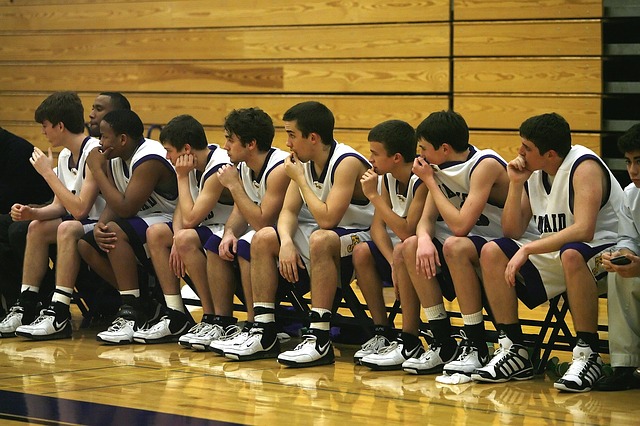The National Association of Athletic Trainers recommends that parents look for the  
following ten things in evaluating the safety aspects of a high school athletic program:
- A comprehensive emergency plan.
- A full time, on site, qualified athletic health care provider (i.e. trainer) available to student athletes at the school on a daily basis who has
received training in the prevention, immediate care, treatment and rehabilitation of athletic injuries.
- A team physician/consulting physician well versed in sports medicine, with whom the athletic health care provider can consult.
- Preseason medical screening/physical for all athletes annually, with documentation reviewed by the school-based athletic health care
provider to bring to the attention of the coaching staff any student athlete participating with a medical alert (such as asthma, diabetes,
etc.). Schools should also establish guidelines for athletes with medical alerts to insure that emergency life sustaining medications, i.e.,
bronchial inhaler for asthma and Epi-Pen for anaphylaxis, are readily available and administered properly when needed.
- Inclement weather guidelines, such as for lightning storms and extreme heat, established well in advance of the athletic season, and
adhered to by all athletic participants and spectators. Adequate methods for re-hydration should be available in all sports at all times with
athlete education on proper hydration provided on regular basis.
- Coaches who are required to participate in ongoing education and training in coaching techniques, CPR and first-aid.
- Guidelines for the return of athletes to participation following an injury The school-based athletic health care provider should be
knowledgeable in injury recovery and return to competition procedure.
- Field/facility maintenance plan to ensure that facilities and fields are properly cared for and inspected on a regular schedule and, if repairs
are needed, they are performed in a timely manner.
- Safe, properly fitted equipment, in good repair and inspected on a regular basis, with inspections, repairs, and reconditioning documented
and damaged equipment discarded and/or rendered harmless.
- Supervised pre-season, in-season and out-of-season conditioning programs available to all student athletes designed to utilize up-to-date,
scientifically sound advice by a person who is educated in the conditioning of the adolescent athlete.
This article originally published on Momsteam.com by LINDSEY BARTON STRAUS, JD
Posted Friday, September 15 2017 11:00 AM
Tags : Evaluate the safety of an athletic program with these handy tips.
|